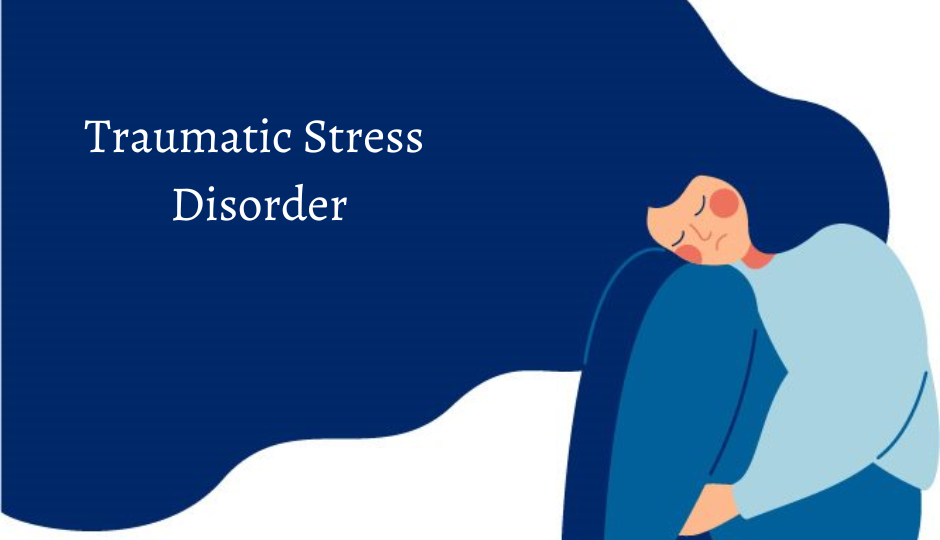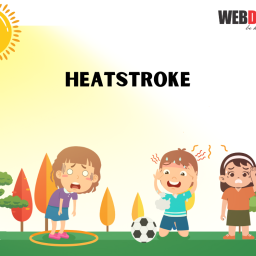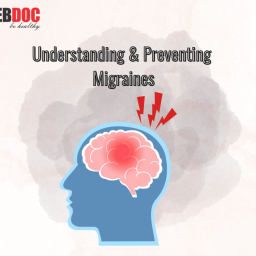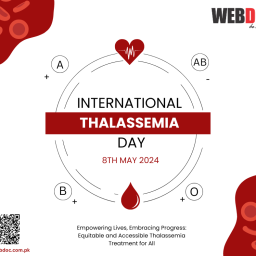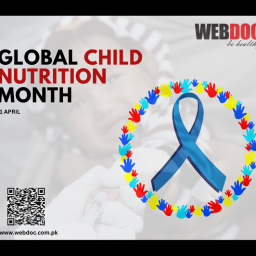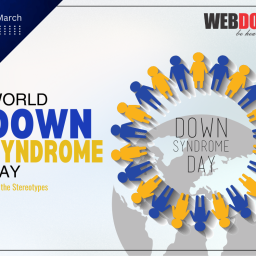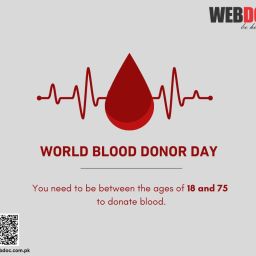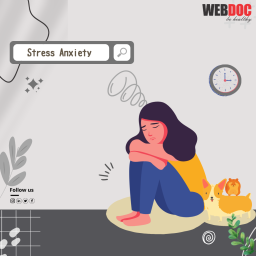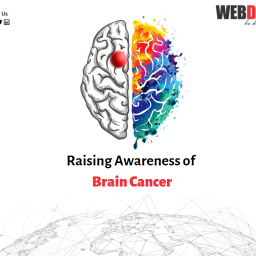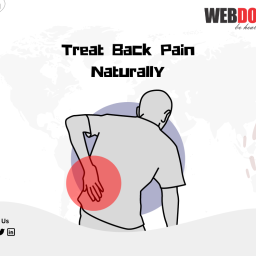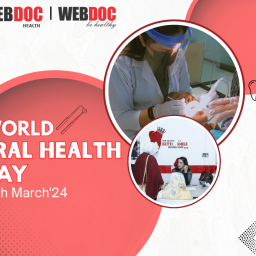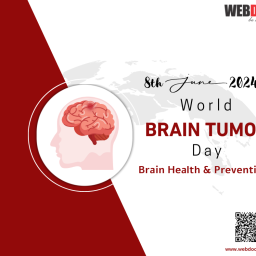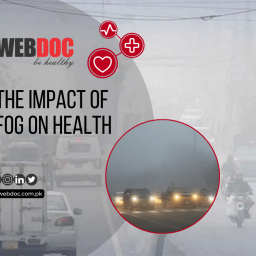Understanding and Healing from the Invisible Wounds
Introduction:
Post Traumatic Stress Disorder (PTSD) is a mental health condition that can have a profound impact on a person’s life. It often arises as a result of experiencing or witnessing a traumatic event, leaving individuals with persistent and distressing symptoms. In this article, we will delve into the nature of PTSD, its causes, symptoms, diagnosis, and available treatment options.
What is Post Traumatic Stress Disorder?
Post Traumatic Stress Disorder, commonly known as PTSD, is a psychiatric disorder that develops in response to a traumatic event. It can occur after experiencing or witnessing situations like combat, natural disasters, accidents, physical or sexual assault, or any event that threatens personal safety or integrity. While it is normal to experience stress and anxiety after a traumatic event, PTSD involves a prolonged and intense response that disrupts daily functioning.
Symptoms of PTSD:
Re-experiencing Symptoms:
- Intrusive memories or flashbacks of the traumatic event
- Nightmares related to the trauma
- Intense psychological or physiological distress when exposed to reminders of the event
Avoidance Symptoms:
- Avoidance of thoughts, feelings, or external reminders associated with the trauma
- Efforts to distance oneself from people, places, or activities that trigger memories of the event
- Loss of interest in activities once enjoyed
Hyperarousal Symptoms:
- Heightened startle response
- Hypervigilance or constant scanning of the environment for threats
- Irritability, anger, or outbursts
- Difficulty sleeping and concentrating
Cognitive and Mood Symptoms:
- Negative beliefs about oneself, others, or the world
- Persistent feelings of guilt, shame, or blame
- Memory problems or difficulty recalling important aspects of the trauma
- Emotional numbness or detachment from others
Diagnosis and Treatment of PTSD:
Diagnosing PTSD involves a comprehensive assessment conducted by a mental health professional. They will evaluate the individual’s symptoms, their impact on daily life, and the duration of those symptoms. It is essential to rule out other conditions with similar symptoms before confirming a diagnosis of PTSD.
Treatment approaches for PTSD typically involve a combination of therapy, medication, and self-help strategies. Some commonly used interventions include:
Psychotherapy:
- Cognitive Behavioral Therapy (CBT): Helps individuals identify and challenge negative thoughts and beliefs related to the trauma, gradually reducing distressing symptoms.
- Eye Movement Desensitization and Reprocessing (EMDR): Involves focusing on traumatic memories while engaging in bilateral sensory stimulation, allowing for the reprocessing and resolution of emotional distress.
- Group Therapy: Provides a supportive environment for individuals to share their experiences, learn coping skills, and gain validation from others who have gone through similar traumas.
Medications:
- Selective Serotonin Reuptake Inhibitors (SSRIs): Antidepressant medications that can help alleviate symptoms of depression, anxiety, and intrusive thoughts.
- Benzodiazepines: Short-term use may help manage acute anxiety symptoms, but long-term use is generally not recommended due to the risk of dependence.
- Antipsychotic Medications: In some cases, these medications may be prescribed to manage severe symptoms such as dissociation or psychosis.
Self-Help and Coping Strategies:
- Building a strong support system of family and friends.
- Engaging in regular exercise, which can help regulate mood and reduce anxiety.
- Practicing stress management techniques such as deep breathing, meditation, or mindfulness.
- Participating in activities that bring joy and a sense of accomplishment.
- Seeking professional help from therapists or support.


